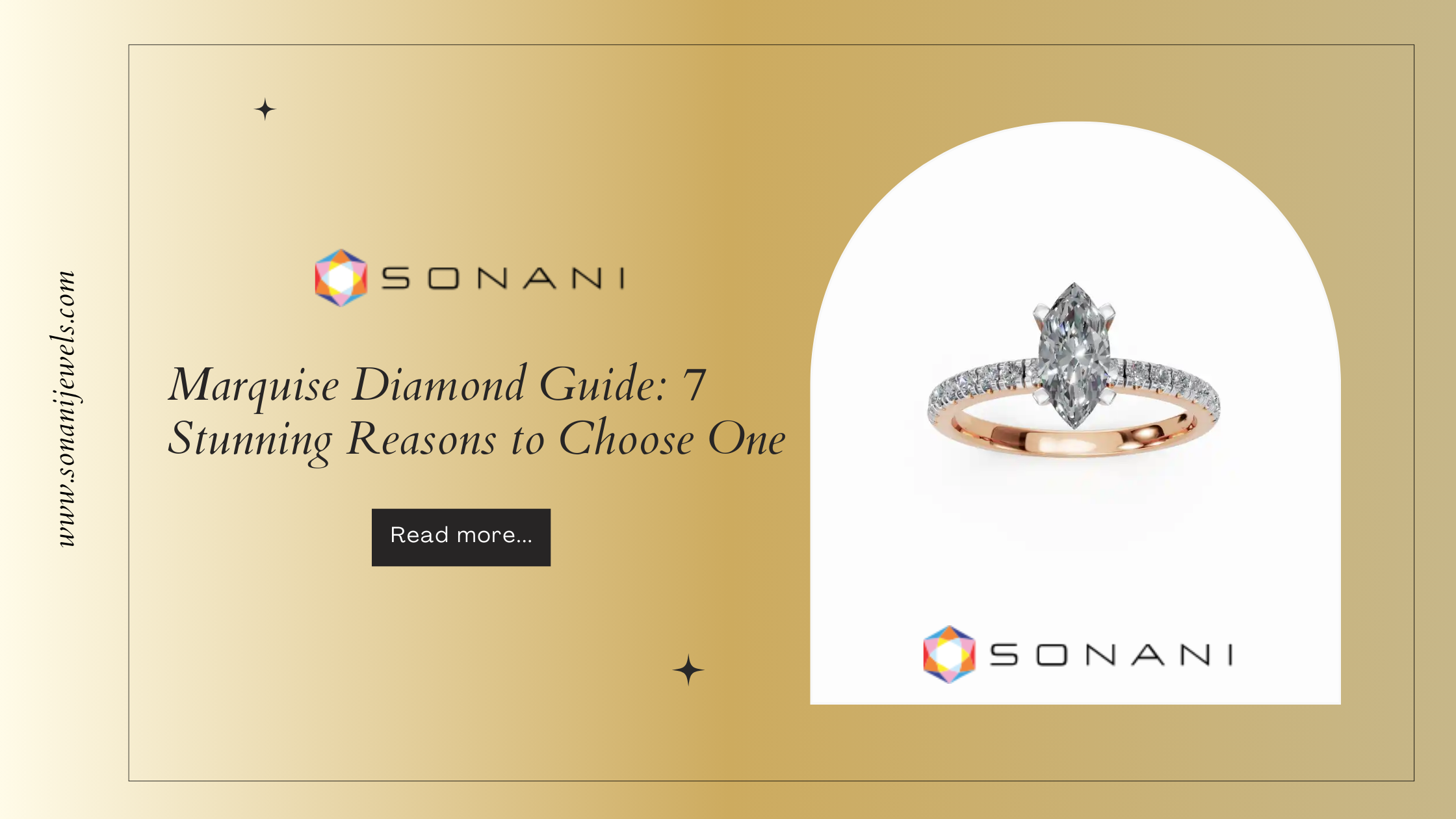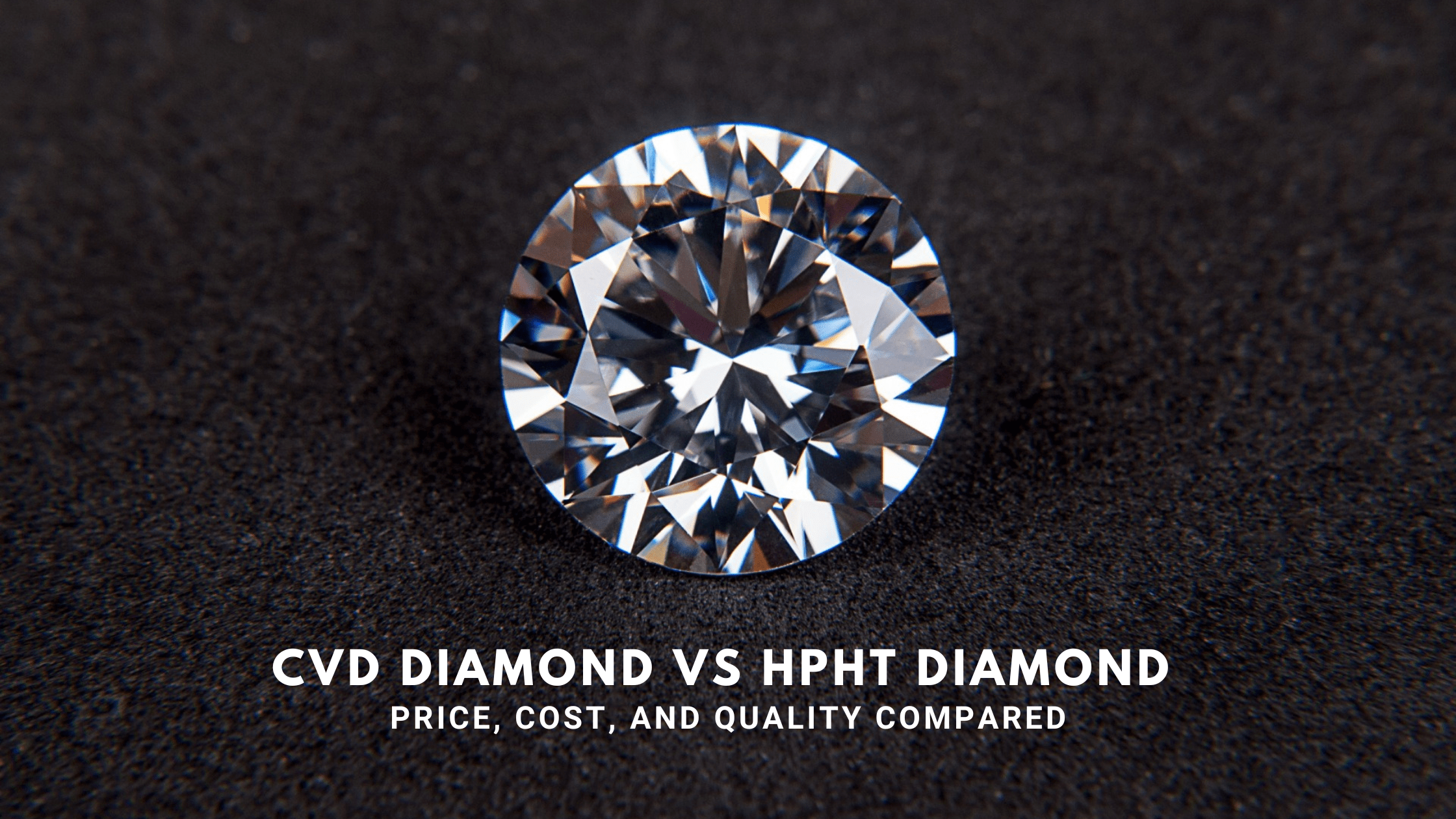Diamonds have long been a symbol of love, commitment, and luxury. However, in recent years, a new contender has emerged in the world of gemstones: lab-grown diamonds. As more consumers seek ethical, affordable, and high-quality alternatives, the debate between lab-grown vs natural diamonds continues to grow. Both options have their own unique benefits of lab-grown diamonds, and making the right choice depends on your priorities.
In this comprehensive guide, we’ll explore the differences between lab-grown and mined diamonds, help you understand the advantages of each, and address common questions Indian buyers often have. Let’s dive into the Lab-grown vs natural diamonds comparison, so you can make an informed decision that fits your lifestyle and budget.
What Are Lab-Grown Diamonds?
Lab-grown diamonds, as the name suggests, are created in a controlled laboratory environment. They are grown using advanced technology that mimics the natural processes by which diamonds are formed under the Earth’s surface. This results in diamonds that have the same physical, chemical, and optical properties as natural diamonds. Unlike diamond simulants, such as cubic zirconia, lab diamonds are real diamonds.
One of the key reasons for the rising popularity of lab-grown diamonds is their affordability. Because they are manufactured rather than mined, they typically cost 30-40% less than their natural counterparts. Additionally, lab grown diamonds are often considered more sustainable and ethical, as their production does not involve the environmental and ethical concerns associated with mining.
What Are Natural Diamonds?
Natural diamonds, on the other hand, are formed deep within the Earth over billions of years under extreme pressure and temperature. These diamonds are mined from specific locations around the world. Natural diamonds have long been considered a luxury, admired for their rarity and the historical significance of their formation process. They are often seen as a symbol of timeless beauty and are typically more expensive due to the costs associated with mining and rarity.
When comparing natural vs lab-grown diamonds, it’s important to note that natural diamonds come with their own set of benefits. For instance, some consumers believe that the natural origin of mined diamonds gives them an added sentimental value. Natural diamonds also tend to have higher resale value compared to lab-grown diamonds, making them an investment for the future.
Differences Between Lab-Grown and Mined Diamonds
Let’s break down the differences between lab-grown and mined diamonds to help you better understand which one is right for you:
1. Formation Process
Lab-grown diamonds: Created in a laboratory using technology that mimics natural diamond formation processes. The two primary methods are High-Pressure High Temperature (HPHT) and Chemical Vapor Deposition (CVD).
Natural diamonds: Formed deep within the Earth over billions of years under extreme heat and pressure. They are mined from natural sources and are considered the original form of diamonds.
2. Appearance
Lab-grown diamonds: Identical to natural diamonds in terms of appearance, as they have the same chemical and physical properties. Even a trained jeweler would need specialized equipment to differentiate between the two.
Natural diamonds: Also identical in appearance to lab-grown diamonds. However, some people believe that the rarity of natural diamonds makes them more appealing.
3. Price
Lab-grown diamonds: Typically 30-40% less expensive than natural diamonds, making them a budget-friendly option for those seeking the same sparkle without the higher price tag.
Natural diamonds: More expensive due to their rarity, mining costs, and the perception of being a luxury item.
4. Ethical Considerations
Lab-grown diamonds: Considered a more ethical choice because they are free from the environmental and ethical concerns often associated with mining practices.
Natural diamonds: While many natural diamonds are now sourced through ethical practices like the Kimberley Process, some buyers may still have concerns about the environmental impact of mining.
5. Resale Value
Lab-grown diamonds: Generally have a lower resale value compared to natural diamonds, as they are more readily available and less rare.
Natural diamonds: Tend to have higher resale value due to their rarity and long-standing value in the marketplace.
6. Environmental Impact
Lab-grown diamonds: Have a significantly lower environmental impact than natural diamonds. Mining diamonds requires large amounts of energy and can disrupt ecosystems, whereas creating diamonds in a lab is a more controlled and sustainable process.
Natural diamonds: Mining can cause environmental degradation, though efforts have been made in recent years to make the process more eco-friendly.
Diamond Quality Types: Lab-Grown vs Natural Diamonds
When comparing lab-grown vs natural diamonds, it's essential to consider diamond quality types. Both lab-grown and natural diamonds are evaluated using the 4 C's of diamonds: Cut, Color, Clarity, and Carat Weight. These universal standards ensure that regardless of whether a diamond is lab-grown or natural, its quality is objectively measured.
1. Cut
The cut of a diamond refers to how well it has been shaped and polished. A well-cut diamond will reflect light beautifully, enhancing its brilliance and sparkle. Both lab-grown and natural diamonds can be cut into various shapes, such as round, princess, or oval.
2. Color
The color of a diamond ranges from D (colorless) to Z (light yellow). Lab-grown and natural diamonds are graded on the same scale, and both can be found in a range of colors. For those seeking colorless diamonds, the highest grades are D, E, and F.
3. Clarity
Clarity measures the number and size of imperfections within a diamond. Lab-grown diamonds may have fewer inclusions than natural diamonds due to the controlled environment in which they are created. However, both types of diamonds are evaluated on the same clarity scale.
4. Carat Weight
Carat weight is a measure of a diamond’s size. Both lab-grown and natural diamonds are available in a wide range of carat weights. Typically, you can purchase a larger lab-grown diamond for the same price as a smaller natural diamond due to the cost difference.
Diamond Certification: Why It Matters
Whether you're purchasing a natural or lab-grown diamond, certification is crucial. A diamond certification ensures that the diamond has been evaluated and graded by a professional gemological laboratory. Some of the most reputable certification bodies include:
Gemological Institute of America (GIA): One of the most trusted names in diamond certification.
International Gemological Institute (IGI): Widely used for certifying both natural and lab-grown diamonds.
Bureau of Indian Standards (BIS): In India, BIS certification is essential for ensuring the authenticity of precious stones, including diamonds.
At Sonani Jewels, every diamond, whether lab-grown or natural, is accompanied by a trusted certification to guarantee its authenticity and quality.
Popularity of Lab-Grown Diamonds in India
The popularity of lab-grown diamonds in India has surged in recent years, particularly among younger consumers who are more environmentally and ethically conscious. Additionally, lab-grown diamonds offer excellent value for money, allowing buyers to purchase a larger or higher-quality diamond at a more affordable price.
Jewelry brands like Sonani Jewels have embraced the trend by offering an extensive collection of lab-grown diamonds that cater to the preferences of modern buyers. With lab-grown diamonds becoming increasingly accepted, they are an excellent choice for engagement rings, wedding jewelry, and other special occasions.
Conclusion: Lab-Grown vs Natural Diamonds – Which Should You Choose?
When it comes to the lab-grown vs natural diamonds comparison, the choice ultimately depends on your priorities. If you’re looking for a more affordable, ethical, and sustainable option, lab-grown diamonds are an excellent choice. On the other hand, if you value rarity, history, and potential resale value, natural diamonds may be the better option for you.
Both types of diamonds have their own unique appeal, and with the right information and certification, you can make a confident decision that suits your lifestyle, values, and budget. Sonani Jewels offers a stunning selection of both lab-grown and natural diamonds, ensuring that you find the perfect stone for your needs.
Frequently Asked Questions(FAQ)
Yes, lab diamonds are real diamonds. They have the same chemical, physical, and optical properties as natural diamonds.
The primary differences between lab-grown and mined diamonds include the formation process, price, ethical considerations, and environmental impact.
While lab-grown diamonds generally have lower resale value compared to natural diamonds, their affordability and ethical appeal make them a popular choice.
Both lab-grown and natural diamonds are certified by reputable gemological laboratories, which specify the diamond's origin.
The popularity of lab-grown diamonds is growing due to their affordability, ethical production methods, and the fact that they are virtually identical to natural diamonds in appearance.






